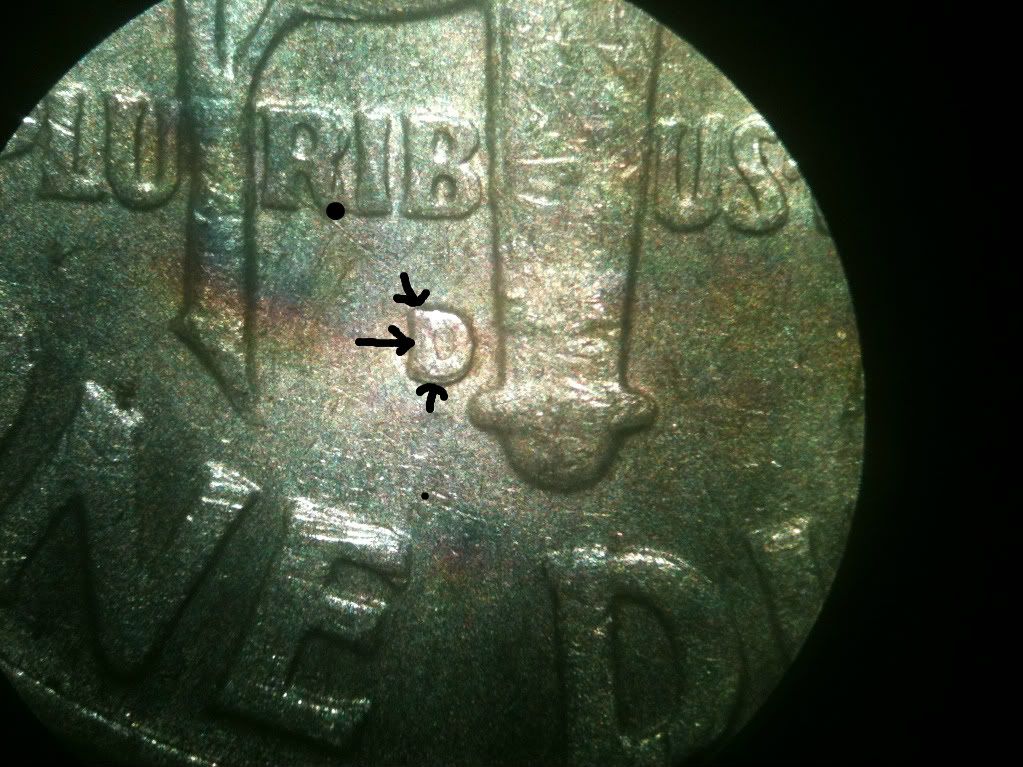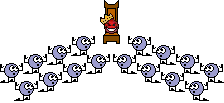RPM or Die Deterioration.
What do you think RPM or Die Deterioration I see the split on the leg and on the bottom part of the D . What says you guys and gals.




Founder of the NDCCA. *WAM Count : 025. *NDCCA Database Count : 2,610. *You suck 6/24/10.  In memory of Tiggar 5/21/1994 - 5/28/2010
In memory of Tiggar 5/21/1994 - 5/28/2010 


0
Comments
<< <i>Not seeing the notch, I would vote strike doubling. The second D looks flat and shelf-like. >>
I'm thinking RPM because I see nothing like shelf doubling anywhere else.
http://www.shieldnickels.net
<< <i>I was going to vote strike doubling based on the appearance of the D, but I see no similar doubling on any surrounding elements like I would usually expect with strike doubling. So a qualified "maybe" on it being an RPM. Would really want to look at it under a microscope. >>
The angle at which a design element, such as a mint mark, rises out of the field can make that element more susceptible to machine element than another nearby design element, such as the torch, that rises out of the field at a much shallower angle.
My guess is machine doubling.
TD
<< <i>
<< <i>I was going to vote strike doubling based on the appearance of the D, but I see no similar doubling on any surrounding elements like I would usually expect with strike doubling. So a qualified "maybe" on it being an RPM. Would really want to look at it under a microscope. >>
The angle at which a design element, such as a mint mark, rises out of the field can make that element more susceptible to machine element than another nearby design element, such as the torch, that rises out of the field at a much shallower angle.
My guess is machine doubling.
TD >>
I concur
My guess is machine doubling.
TD >>
Washington quarters were also noted for this effect - mint mark only showing strike doubling.